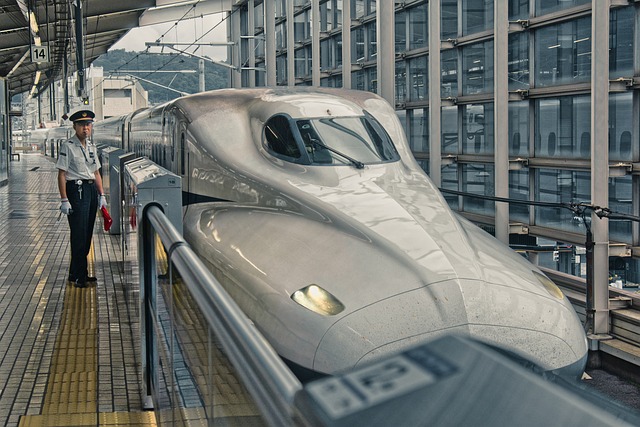When we think of transportation, we often envision hurried movements, crowded platforms, and the clatter of wheels on tracks. Yet, within this framework, a hidden beauty exists—the architecture of train stations. These grand structures are not merely functional hubs; they embody the artistry and design that reflect our cultural heritage and aspirations.
From the moment you step into a train station, you encounter a unique blend of art and functionality. The soaring ceilings, intricate moldings, and expansive windows welcome travelers with a sense of grandeur. Every station tells a story, from the magnificent urban palaces like Grand Central Terminal in New York, to the understated elegance of the Kyoto Station in Japan. These architectural marvels invite us to pause, to appreciate the creative visions behind their designs.
Many train stations serve as galleries of art themselves—featuring sculptures, murals, and installations that engage the public. The design elements chosen for these buildings often reflect the history of the location, intertwining the past with the present. For example, the modernistic lines of the Berlin Hauptbahnhof communicate Germany’s forward-thinking attitude, while the classical features of the Notre-Dame de Paris station evoke the heritage and timelessness of the city.
The design of a train station is not only about aesthetics; it’s also about the experience of moving through the space. Architects must consider flow, accessibility, and the emotional landscape of the traveler. A well-designed station can evoke feelings of anticipation and excitement, transforming the mundane act of waiting for a train into a moment of artful reflection.
Consider the gentle play of light that permeates high vaulted ceilings or the rhythmic patterns created by repeating architectural elements. These details are not happenstance; they are deliberate choices made by architects who understand that a train station is, at its core, a gateway to adventure. The very structure invites people to engage with their surroundings, whether they are departing for far-off destinations or embracing the intimacy of arriving home.
Furthermore, train stations are often a confluence of different design styles, histories, and cultures, which adds layers of complexity and intrigue. They stand as testament to human creativity, melding functionality with artistry. As cities evolve and modernize, these stations often become focal points of urban regeneration, breathing new life into communities while preserving the charm of the old.
In essence, a train station is more than just a place to catch a ride; it is a canvas where art meets function, where stories unfold and atmospheres shift. As we move through these architectural wonders, we are reminded of the art inherent in every journey we embark upon, making each station a remarkable celebration of design and creativity.




